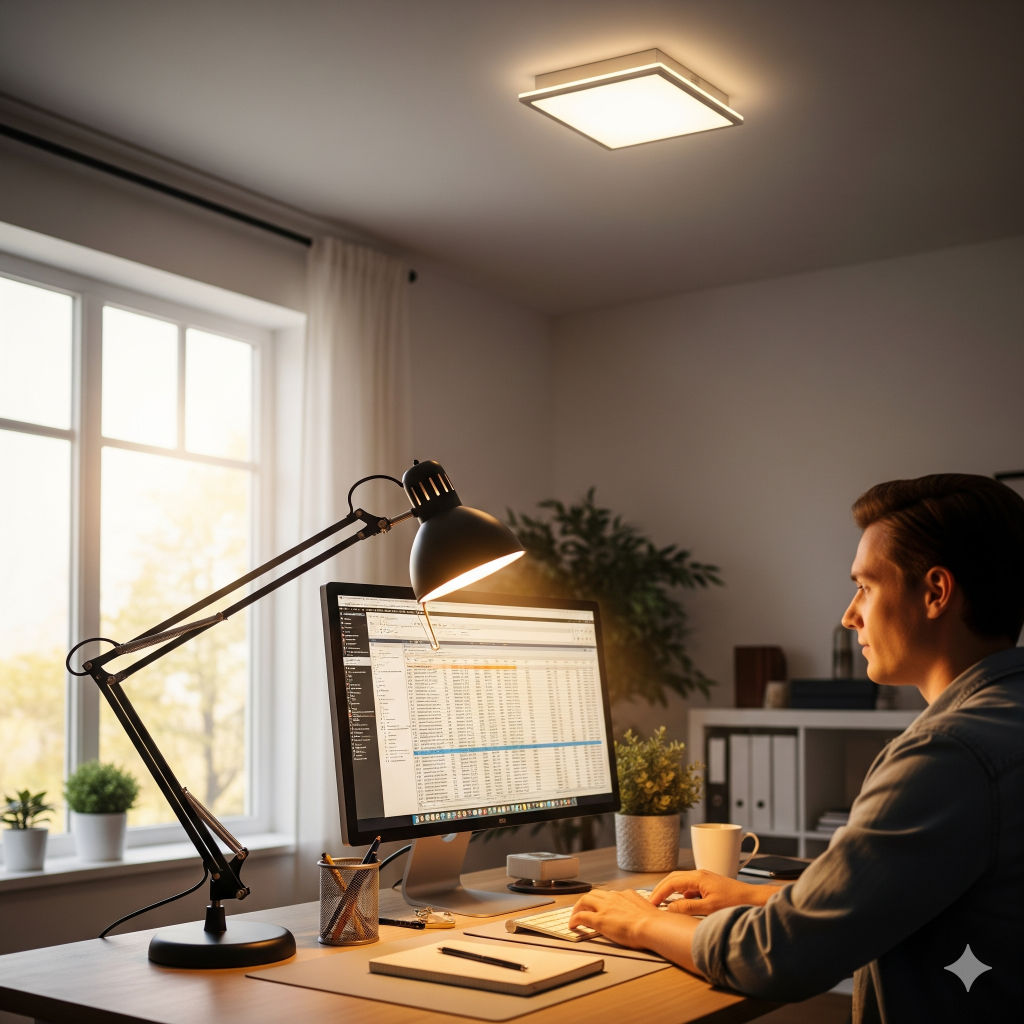
Reading and screen work demand more than just concentration—they require the right lighting to safeguard our eyes and maintain clarity. Proper lighting reduces strain, helps us stay focused, and protects long-term eye health. Understanding how light direction, brightness, and temperature affect our vision can make a world of difference.
At the heart of effective lighting is task lighting—a focused, bright source aimed at the activity at hand. For reading or paperwork, a desk lamp or task light is essential to illuminate the exact spot you’re using, increasing contrast where it matters most. Good task lighting enhances visibility and reduces visual fatigue.
Positioning matters. Always place light sources thoughtfully: at a 90-degree angle to your screen or workspace and never directly behind or in front of the device to avoid glare and harsh shadows. Placing lights to either side helps distribute illumination evenly, minimizing distracting reflections.
The brightness level plays a critical role. For computer work, aim for 300 to 700 lux, with more demanding, detail-oriented tasks benefiting from up to 1,000 to 1,500 lux. Too little light forces your eyes to work harder, while overly bright settings increase glare and discomfort. Finding that sweet spot keeps your vision sharp and your eyes relaxed.
Colour temperature should complement the work you’re doing. Cooler light (between 4,000 K and 6,500 K) mimics daylight, boosting alertness and visual clarity—perfect for focused tasks. Warmer tones (around 2,700 K to 3,000 K) create a cozy ambiance, ideal for relaxed reading or evening usage. Choosing the right tone can reduce eye strain and contribute positively to your rhythm.
Finally, don’t forget supportive lighting strategies. Use ambient lighting to soften contrasts across your room, avoiding stark transitions between your screen or task surface and the surroundings. Reflective surfaces—like white walls or mirrors—can help bounce light around, making the overall illumination feel more balanced and gentle. These adjustments, layered with attentive task lighting, offer a well-rounded lighting environment for comfortable, productive reading and computer work.